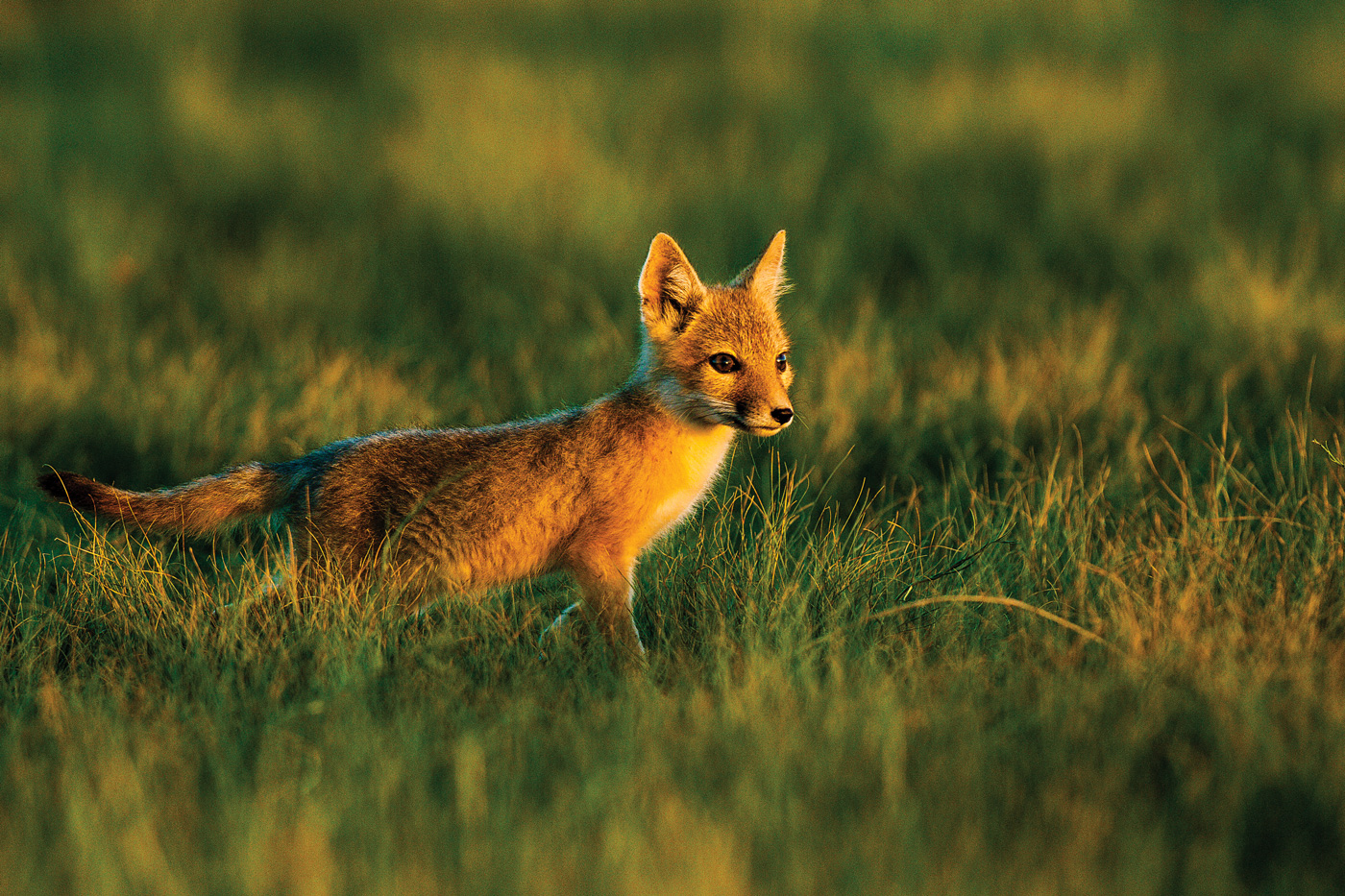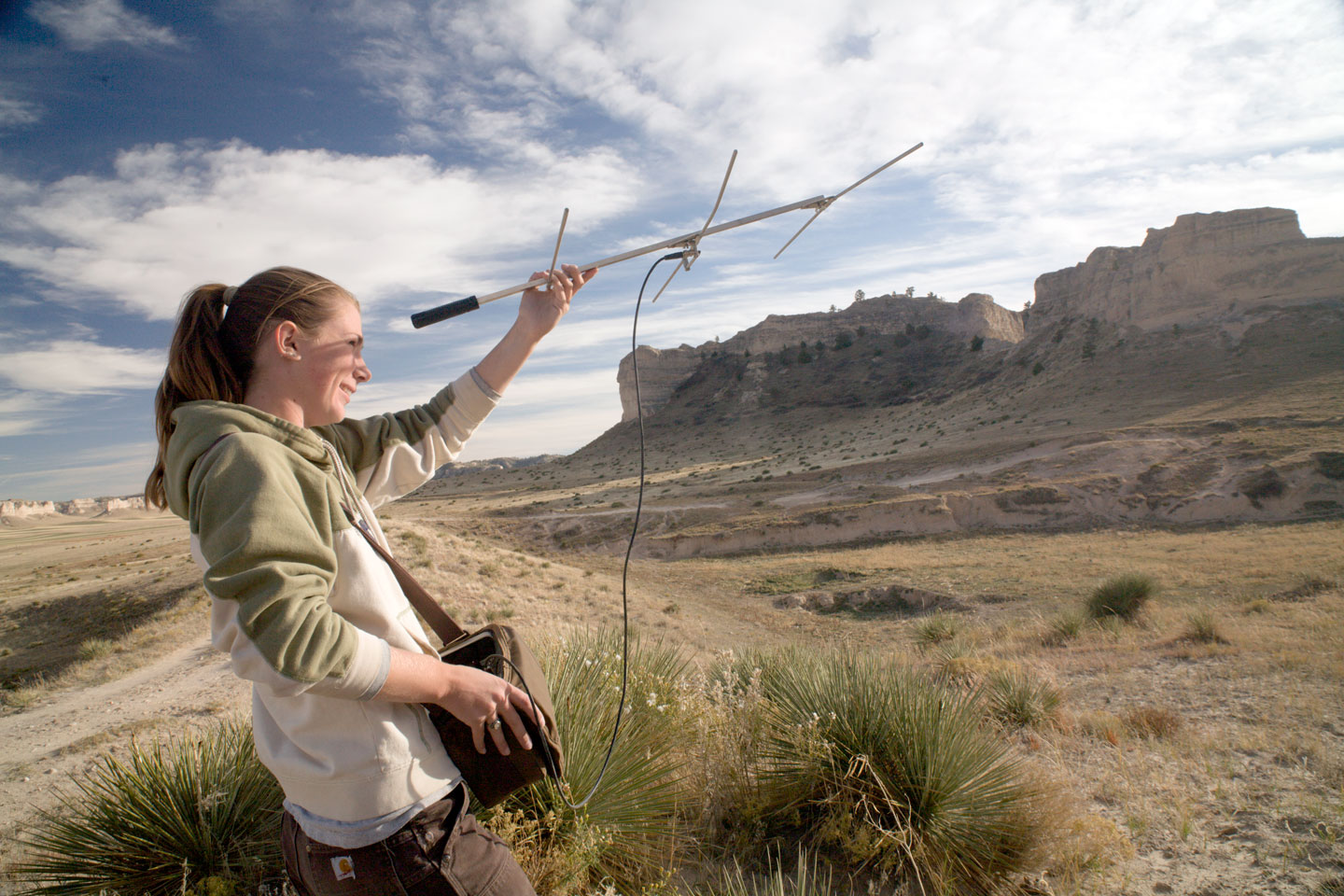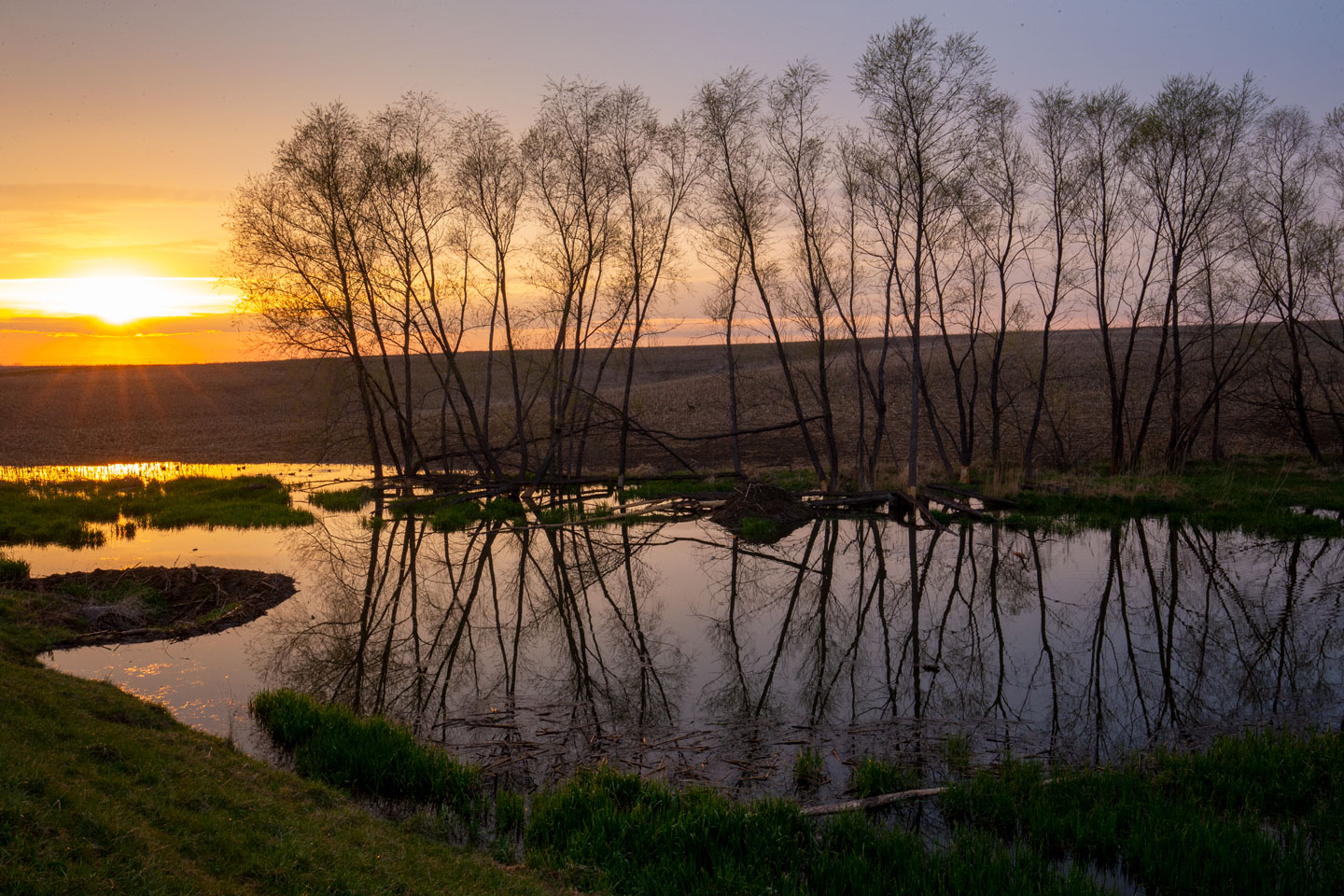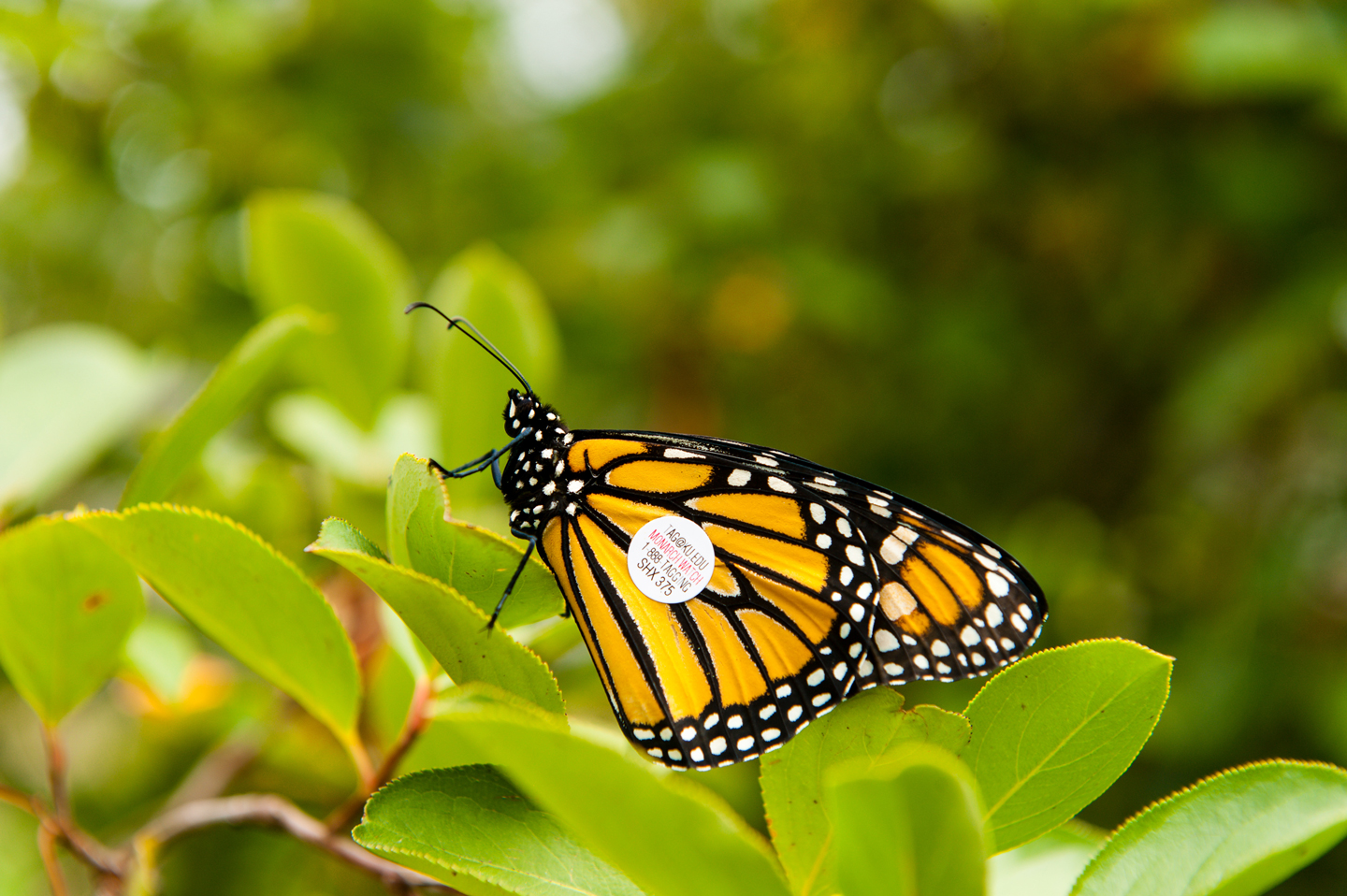Watch wildlife
Nebraska is abundant with diverse wildlife and habitats. Nebraska is a biological crossroads of North America where prairie meets ponderosa pine forests, where wetlands speckle the landscape and more than 23,000 miles of rivers and streams ribbon through the state. The vast grasslands of the Sandhills stretch the imagination to recall pioneer days, while the Pine Ridge escarpments tower over the landscape. Nebraska is the place where plant and wildlife communities of different regions meet, giving the state a rich diversity of wildlife viewing opportunities.
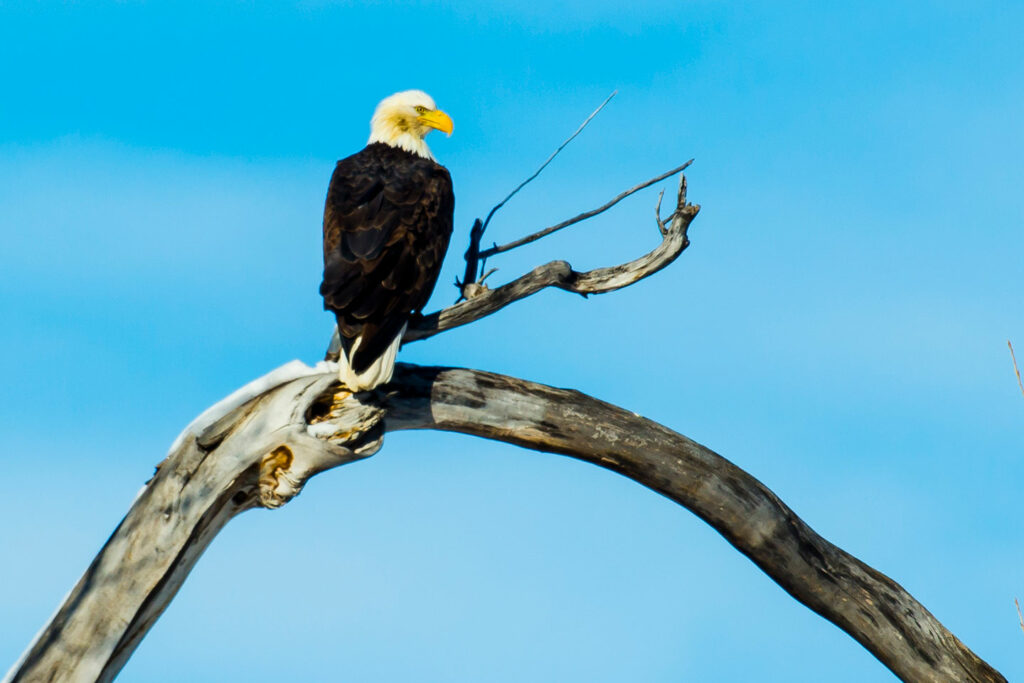
Watchable birds
Within the borders of Nebraska there is an opportunity to view more than 400 species of birds, with a record of over 454 birds setting foot in Nebraska according to the Nebraska Ornithologists’ Union.
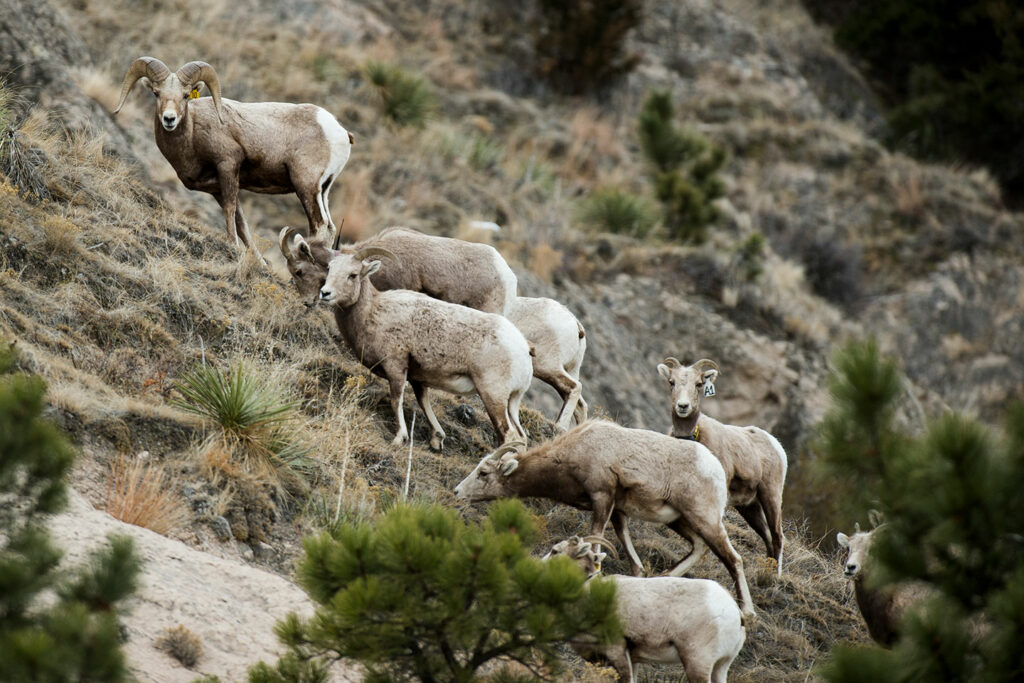
Watchable mammals
There are more than 90 mammals are found in Nebraska, but many are small and seldom seen. Early morning or late evening is often the best times to watch for mammals.
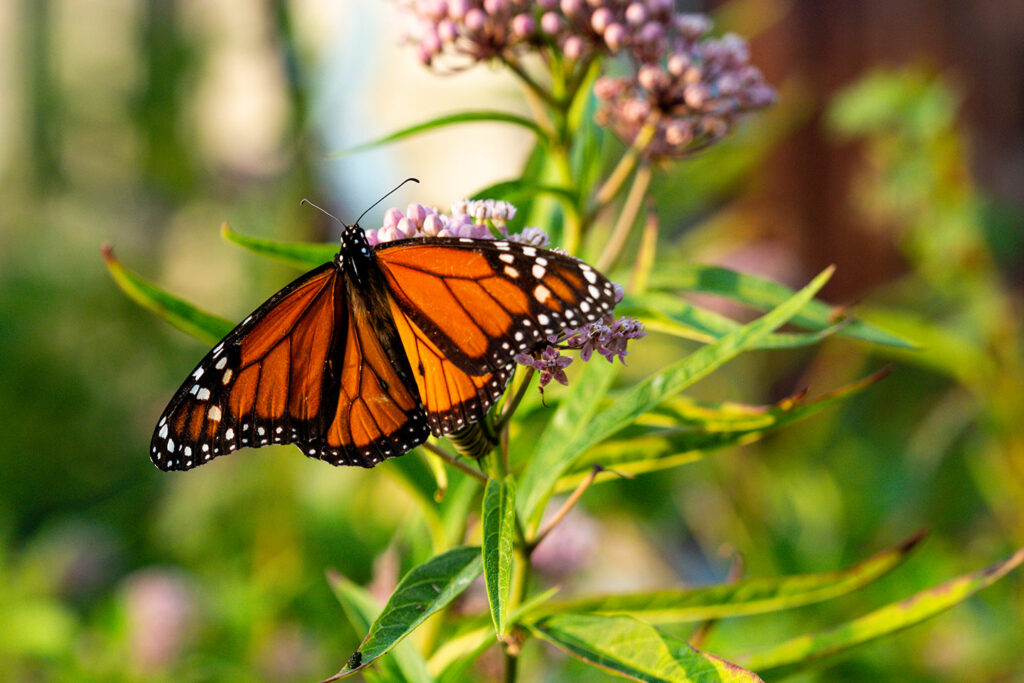
Wildlife viewing timeline
Wildlife watchers can find something to observe all year round. View a month-by-month guide to viewing some of Nebraska’s most popular species to observe.
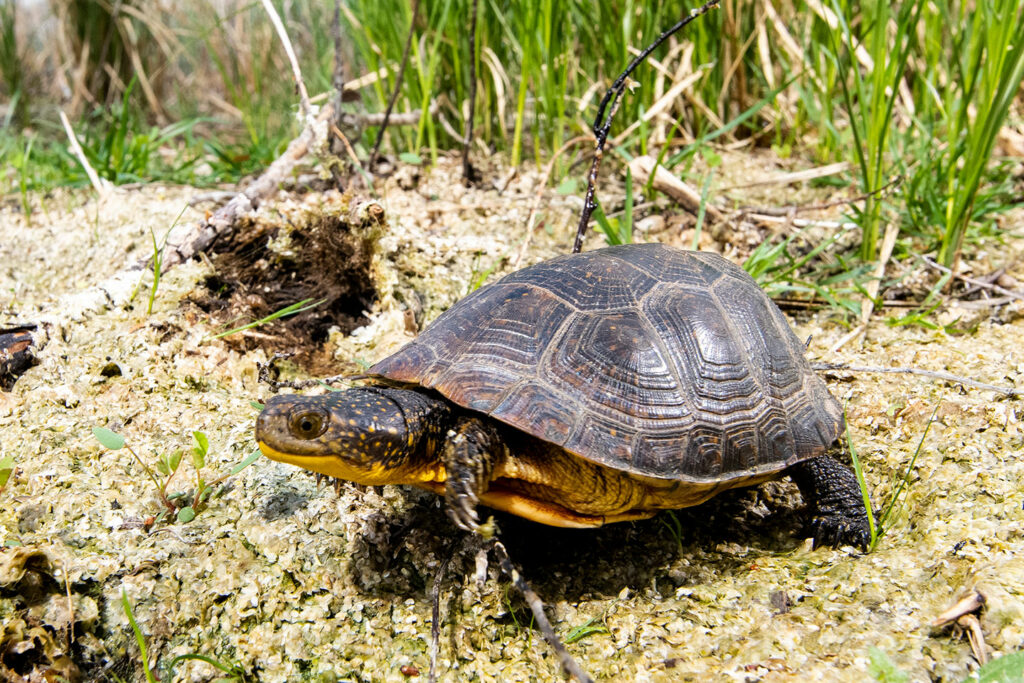
Watchable wildlife guides
Available to download and print for free, these regional wildlife ID guides can aid in your exploration of Nebraska’s diversity of plant and animal species. These quick reference guides provide information of the region, help with species identification, and provide tips for wildlife viewing. They can be used for personal or educational purposes.
Where to watch wildlife
Nebraska is a biological crossroads of North America where prairie meets ponderosa pine forests, where wetlands speckle the landscape and over 23,000 miles of rivers and streams ribbon through the landscape. The vast grasslands of the Sandhills stretches the imagination to pioneer days while the pine ridge escarpments tower over the landscape. Nebraska is the place where plant and wildlife communities of different regions meet, giving the state a rich diversity of wildlife viewing opportunities.
How to watch wildlife
Observing wildlife in nature is a rewarding experience that requires little more than patience. However, investing in (or borrowing) the right equipment and following a few key tips will help make your wildlife watching excursion as successful as it can be.
Give wildlife space
Keep your distance for the safety and comfort of animals and people. If an animal changes its behavior, stops eating, or seems nervous, it is time to back away. When it returns to normal activities, you are at a safe distance. Never chase or harass wildlife. A spooked animal may become injured trying to flee, or it may abandon a nest or quit feeding.
Stay quiet and still
Noise and quick movements mean danger to wildlife. Move slowly and quietly and encourage your companions to do likewise. This will lessen the wildlife disturbance and allow you to see more wildlife. Choose a good vantage spot, sit for a while, and observe as wildlife comes and goes undisturbed.
Leave baby animals alone
It is fairly common to see young animals, like deer and young birds by themselves during spring and summer. Although they may appear to be orphaned or abandoned, this is rarely the case. The parents of the young are likely standing by, just out of sight. Keep your distance and the parents will soon return to feed and care for their young.
Do not feed wildlife
It can change the behavior of animals in ways that can be harmful to them and to people. Reserve feeding for “backyard” birds.
Time your outing
Many animals are more active in early morning and late evenings. Also, consider the season as some species appear during certain seasons at particular sites.
Wear earth-toned clothing
Animals will tolerate you better if you blend into the surrounding. Try wearing tans, grays, and green colored clothes.
Be prepared
Review field guides and other resources on the wildlife you hope to see. Knowing about the needs and behavior of animals will make spotting and identifying them easier. Visit the Nebraska Birding Guide website to learn more about where and how to view birds and visit the Nebraska Wildlife page to learn more about wildlife in Nebraska.
Bring your binoculars
Binoculars are one of the most helpful tools a wildlife watcher can have. First, locate the object you wish to see up close with the naked eye. Then without moving your eyes, bring the binoculars to your eyes and focus. Binoculars and spotting scopes allow you to observe wildlife while keeping a safe distance.
Be considerate of others
If you arrive at a site that already has other people observing wildlife, stay quiet and move slowly as you approach. Slamming your car doors, talking too loudly or moving too quickly may frighten any wildlife people are enjoying. Please also respect all property boundaries and get permission from the landowner before entering private property.
Look for movement, shapes and color contrasts
Movement is the best giveaway. Watch for a tail or ear flicks, a head moving, and outlines of animals. Check closely for wildlife, like deer and birds, in areas where two habitats meet, such as where wetlands meet woods or prairies.
Consider the weather
What we consider bad weather may make perfect opportunities for observing some species. Before a storm, some animals come out to feed. After a storm, when the rain stops, the skies clear and the wind dies down, many animals become very active.
Related content


